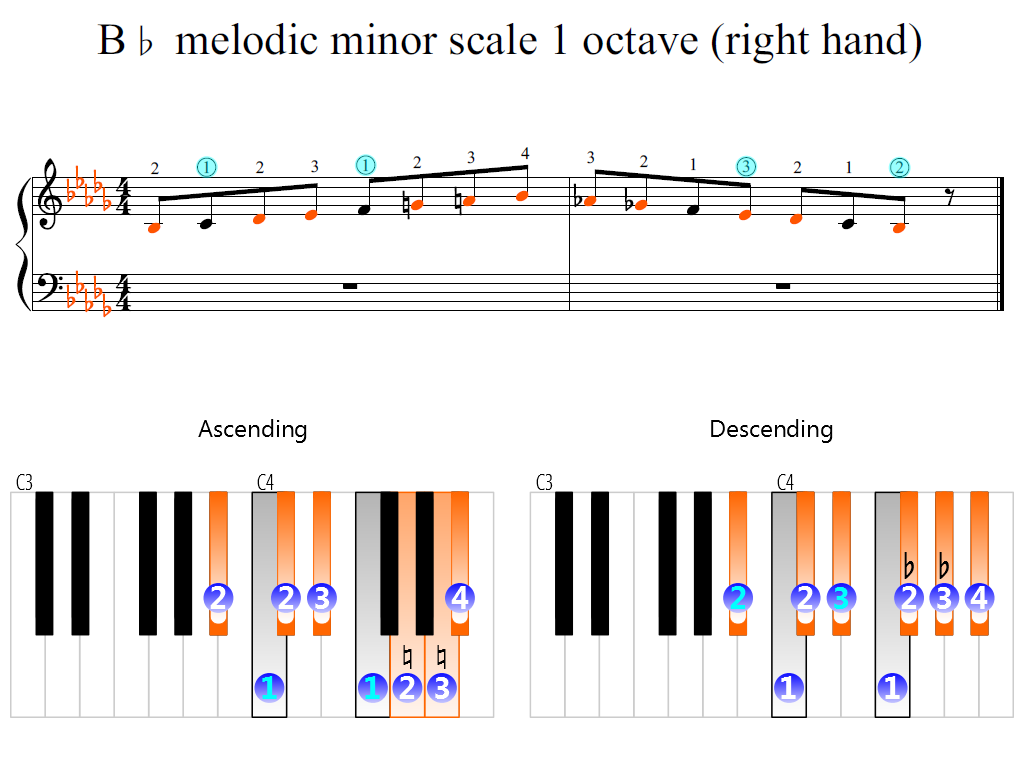

This makes A minor C major's relative minor chord. In this case, a chord might be referred to as a major chord's relative minor.įor instance, the C major scale ( C D E F G A B ) shares the same notes as the A minor scale ( A B C D E F G ), just in a different order and context. Major and minor chords can share the same scale notes, though the context will determine whether the chord is major or minor. This is because minor chords naturally create more feelings of dissonance or tension in the way that they are built. Minor chords, however, are a little more complex and come with more depth which usually translates to a sadder or darker sound. Major chords usually depict a "happier" sound which is commonly heard throughout rock and pop music.

So when it comes to chords, we usually think of minor or major as the main descriptors for identifying tonality in a chord progression. Tonality refers to a method of describing the overall sound in a piece of music. In music, there are two major tonalities to consider when it comes to describing chords. Minor and Major Chord Progressions: What's The Difference? But how do minor chord progressions work? And how can you incorporate your own minor chord progressions into your music?īelow, we'll dive into everything you need to know about minor chords and share how you can start building your own minor chords and scales into your music. While we often rely on the accessibility and widespread appeal of major chord progressions, minor chord progressions are just as important for any musician.


 0 kommentar(er)
0 kommentar(er)
